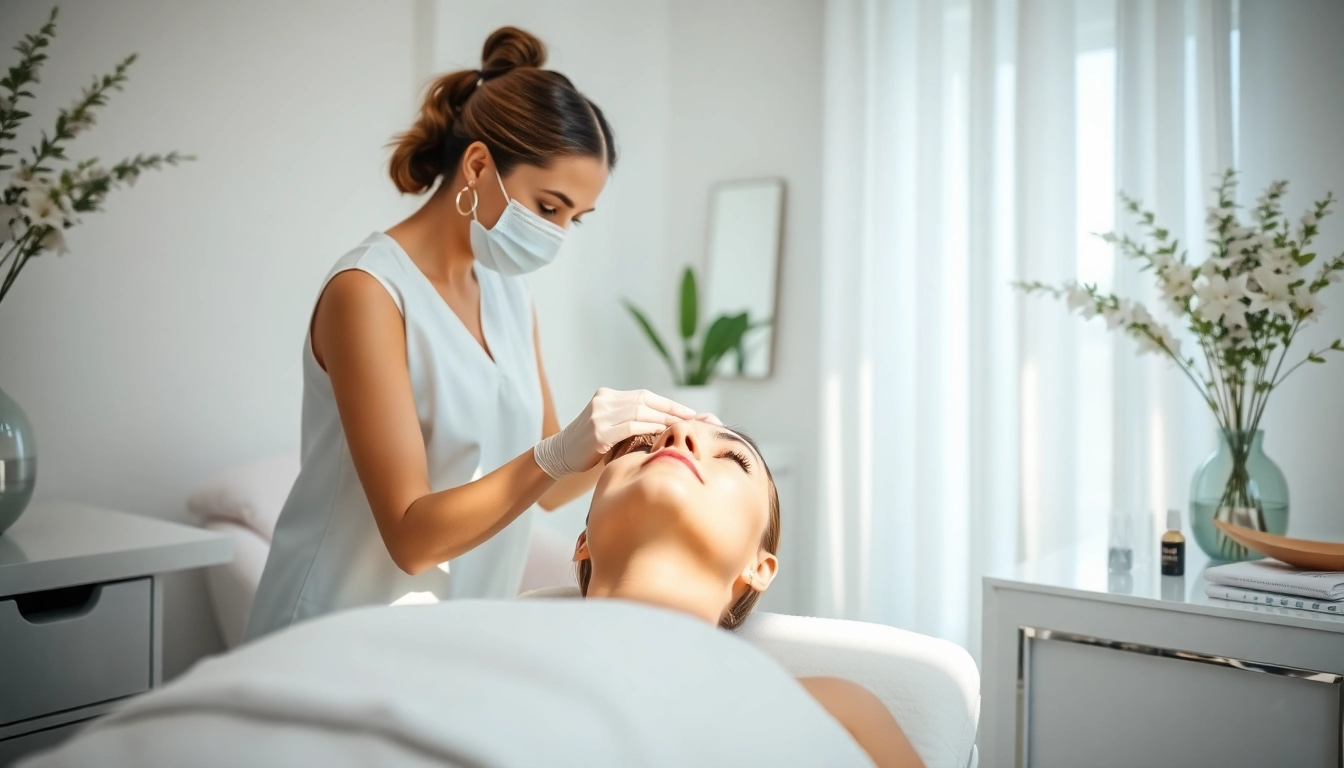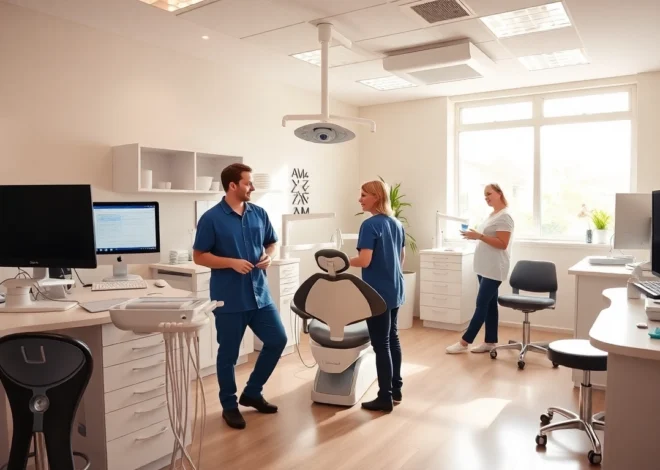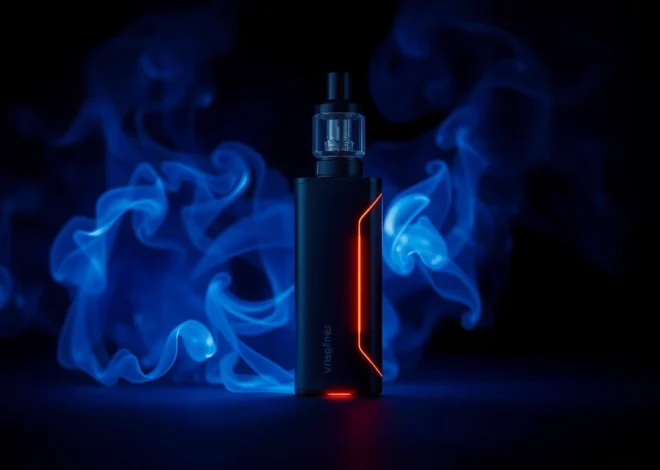
Enhance Your Beauty: Understanding Botox Behandlung for Effortless Youthfulness
What is Botox Behandlung?
Definition and Purpose
Botox Behandlung, commonly known as Botox treatment, involves the administration of botulinum toxin, a neurotoxic protein. This treatment is primarily used for cosmetic purposes, including the reduction of facial wrinkles, but it has also gained recognition for its medical applications. The overarching purpose of Botox is to prevent muscle movement that contributes to the formation of wrinkles, thus promoting a more youthful appearance.
The procedure has gained immense popularity as a minimally invasive cosmetic option. By understanding the nuances of this treatment, individuals can make informed decisions regarding their aesthetic goals. For a thorough overview of Botox Behandlung, including its significance in modern aesthetic medicine, visit Botox Behandlung.
How Botox Works
Botulinum toxin works by blocking signals from the nerves to the muscles in which it is injected. When injected into targeted muscles, it impedes neurotransmitters, preventing the muscle from contracting. This process results in the temporary relaxation of the muscle, smoothing out wrinkles and fine lines. The effects of Botox are not instantaneous; patients typically see results within a few days, with the most significant impact visible after about a week.
Common Uses of Botox
While Botox is widely recognized for its cosmetic benefits, its medical applications are diverse and impactful. Common cosmetic uses include:
- Forehead wrinkles: These horizontal lines, often formed by expressions, can be softened with Botox injections.
- Crow’s feet: The lines around the eyes that develop from smiling or squinting can also be effectively treated with Botox.
- Frown lines: The vertical lines between the eyebrows, known as glabellar lines, are common targets for Botox to diminish the appearance of anger or stress.
In addition to aesthetics, Botox has substantial medical uses, such as:
- Treatment of migraines: Botox injections are FDA-approved for chronic migraines, significantly reducing headache frequency and intensity.
- Excessive sweating: Hyperhidrosis, or excessive sweating, can be treated with Botox to block signals that trigger sweat glands.
- Muscle spasms: Botox is utilized to alleviate muscle stiffness or spasms in conditions such as cervical dystonia.
Benefits of Botox Behandlung
Cosmetic Advantages
The cosmetic benefits of Botox are perhaps its most celebrated aspect. Many individuals seek Botox treatments to enhance their facial aesthetics, gaining confidence as a result of a smoother complexion. Among the specific cosmetic advantages are:
- Immediate improvement: Patients often witness immediate improvements in the appearance of their skin.
- Non-invasive: Botox injections do not require incisions or anesthesia, resulting in minimal downtime.
- Customization: The treatment can be tailored to address individual facial concerns effectively.
Medical Applications
Botox is not solely for aesthetics; its medical applications offer significant improvements in quality of life for many patients. Effective for conditions such as:
- Chronic migraines, providing relief when other treatments fail.
- Overreactive bladder symptoms, helping reduce incontinence.
- Facial spasms, relieving involuntary muscle contractions.
Long-Term Results
While the effects of Botox are temporary, ongoing treatments can result in longer-term benefits. Many patients report a reduction in the visibility of fine lines over time, even with the cessation of treatment. This is primarily due to the consistent relaxation of muscles that contribute to wrinkle formation. Additionally, prolonged use can result in a training effect, leading to a more youthful appearance with less frequent treatments.
Choosing the Right Provider for Botox Behandlung
Qualities to Look For
Selecting the right provider for your Botox treatment is crucial for achieving the best results. Here are several essential qualities to consider:
- Qualifications: Ensure the practitioner is licensed and experienced in administering Botox treatments.
- Reputation: Look for reviews and testimonials from previous patients to assess the provider’s trustworthiness.
- Continuing education: Choose a provider who stays updated on the latest techniques and safety protocols.
Questions to Ask Your Practitioner
Before undergoing Botox treatment, it is important to have an open dialogue with your provider. Consider asking the following questions:
- How many Botox treatments have you administered?
- What are the realistic outcomes I can expect?
- Are there any risks or complications specific to my health history?
- What aftercare steps do I need to follow?
Red Flags to Avoid
While seeking a Botox provider, be cautious of potential red flags that might indicate poor practice or suboptimal care:
- Unqualified practitioners: Avoid providers who lack proper medical training in aesthetics.
- Too-good-to-be-true offers: Extremely low pricing might suggest subpar products or experience.
- Lack of consultation: A provider who fails to engage in a thorough consultation may not prioritize patient safety.
What to Expect During the Botox Behandlung
Consultation Process
The initial consultation is a critical step in the Botox Behandlung process. During this session, the provider will assess your medical history, discuss your goals, and determine whether you’re a suitable candidate for the treatment. A professional provider will take the time to explain the procedure, address any concerns, and outline what to expect throughout.
Injections: Step-by-Step Overview
The actual injection process is relatively quick and typically takes under 30 minutes. The basic steps include:
- Preparation: Your skin will be cleaned and possibly numbed with a topical anesthetic.
- Marking: The practitioner may mark specific injection sites based on your facial anatomy.
- Injection: The botulinum toxin solution is injected using a fine needle at predetermined locations.
- Aftercare advice: You will receive instructions on post-treatment care to ensure optimal outcomes.
Aftercare Tips for Optimal Results
After receiving Botox, implementing proper aftercare is crucial to achieving the desired results and minimizing side effects. Here are some essential tips:
- Avoid lying down or exercising vigorously for at least four hours post-treatment.
- Do not massage or rub the treated areas to prevent the toxin from spreading.
- Follow your provider’s specific recommendations for care, including any topical applications.
Risks and Considerations of Botox Behandlung
Potential Side Effects
As with any medical procedure, Botox treatment carries certain risks and potential side effects, which may include:
- Minor pain, swelling, or bruising at the injection site.
- Headaches, often temporary and manageable.
- Nausea or feelings of fatigue following treatment.
- Rarely, more serious complications such as drooping eyelids or an allergic reaction can occur.
Who Should Avoid Botox?
While Botox is safe for many, certain individuals should exercise caution or avoid the treatment entirely. Those who:
- Are pregnant or nursing.
- Have a history of neuromuscular disorders.
- Are allergic to any components of the Botox formulation.
It is essential to have a thorough consultation with your provider to assess your individual risk factors.
Cost Factors and Value Analysis
The cost of Botox can vary significantly based on a variety of factors, including geographical location, provider experience, and the extent of the treatment. Here are some factors to consider when evaluating the cost:
- Per unit pricing: Botox is typically charged by the unit, with prices ranging from $10 to $20 per unit.
- Treatment areas: The more areas being treated, the higher the overall cost.
- Experience of the provider: Established providers may charge a premium for their expertise and track record.
While the cost can seem high, many individuals find that the benefits—both cosmetic and medical—justify the expense, contributing to improved quality of life and self-esteem.


